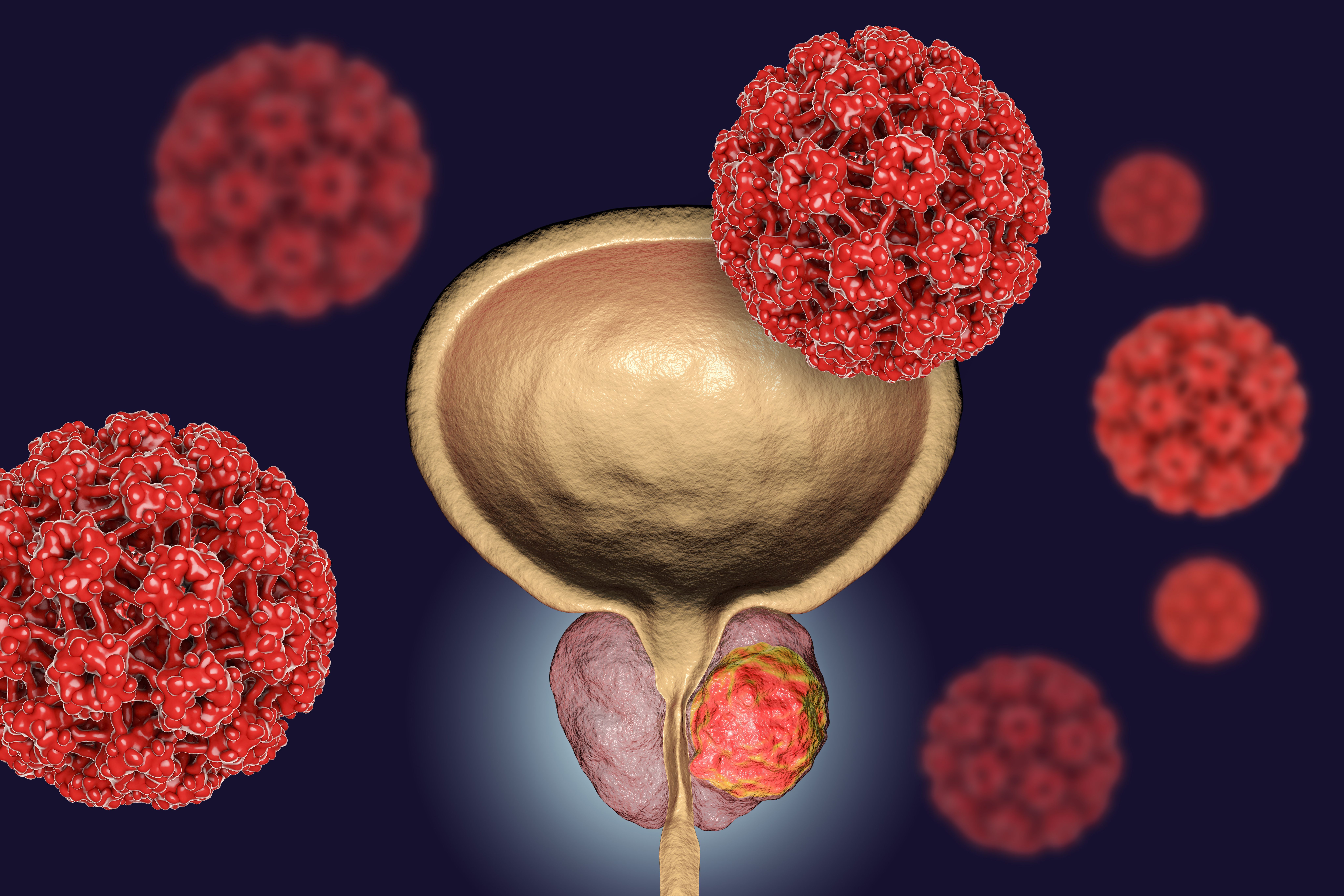Article
Radium-223 is associated with low rates of AEs, treatment discontinuation for bone metastatic CRPC
Author(s):
Of note, 55% of patients received a full course (6 injections) of radium-223 injections, and 67% received 5 of the 6 injections.
A new analysis of radium-223 (Xofigo) found that the treatment was safe and efficacious in treating bone metastatic prostate cancer.1

Although researchers assessed treatment with radium-223 in the first-, second-, and third-line settings, patients treated in the first-line setting had fewer treatment-related adverse events and higher rates of treatment completion with 6 injections. Findings from this study were presented at the 2023 American Society of Clinical Oncology Genitourinary Cancers Symposium.
A total of 224 patients were included in the multicenter observational trial in Taiwan, of whom 97 were in the safety analysis set. Of these patients, 22 received radium-223 as first-line treatment, 42 as second-line treatment, and 33 as third-line treatment.
Previous lines of therapy included abiraterone and/or enzalutamide (Xtandi) (72.2%; n = 70) as well as docetaxel (34%; n = 33).
Of note, 55% of patients received a full course (6 injections) of radium-223 injections, and 67% received 5 of the 6 injections. The most common reason for treatment discontinuation was disease progression (12%; n = 12).
In patients treated in the first-line setting, 36.4% experienced decreased PSA levels compared with 20% of patients in the second-line cohort and 14% in the third-line cohort. Total alkaline phosphatase levels decreased in 77% of patients in the first-line group, 82% in the second-line group and 60% in the third-line group, underscoring the enhanced efficacy of radium-223 as a front-line therapy, according to the researchers.
The most common reasons for treatment discontinuation of patients in this study were patient decision (9.3%), disease progression (12.4%), and adverse events (6.2%). In addition, 5% of patients in the second-line cohort and 12% of patients in the third-line cohort died before completing the injection course.
The most common treatment-related adverse events were hematological events (9.3%) and diarrhea (8.2%), bone pain (7.2%) and decreased appetite (7.2%).
The relatively low rate of treatment-related adverse events and lack of new safety concerns presented in this study demonstrates the safety of radium-223 under routine clinical practice in Taiwan treating bone metastases related to castration-resistant prostate cancer, according to the poster. A follow-up observation up to 2 years after initial injection is currently ongoing.
Reference
1. Pang ST, Huang CY, Huang CP, et al. Patient characteristics and safety of radium-223 dichloride in Taiwan: Analysis of real-world clinical practice. Presented at: 2023 American Society of Clinical Oncology Genitourinary Cancers Symposium; February 16-18, 2023; San Francisco, CA. Abstract 119.
Newsletter
Stay current with the latest urology news and practice-changing insights — sign up now for the essential updates every urologist needs.

















